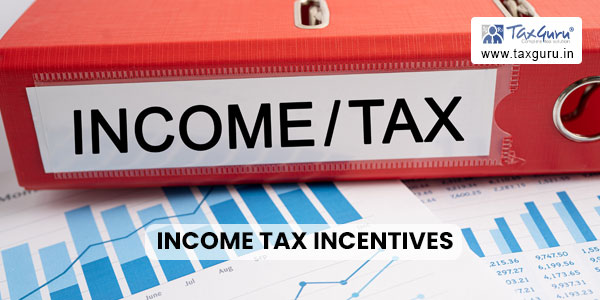“Unlock the magic of tax incentives under the Income Tax Act, 1961! Dive into Section 80C, exploring safe and high-return options, making your money work smarter for you.”
Imagine getting a discount on your taxes for doing something you were going to do anyway. That’s the magic of tax incentives! Under Income Tax Act, 1961, various incentives are given to assessee to save tax through legitimate means. In this article we would dive deep inside Section 80C of the act to analyze various alternatives available along with merits and demerits of each alternative. The article does not cover all the alternatives listed under section 80C. Only major and most famous ones are covered. For the sake of understanding, all the options are categorized in following 3 categories: –
1. Options with safe return
2. Options with high return
3. Options without returns
Category 1: Options with safe return
Following are some options that gives you tax benefit in current year along with some guaranteed returns. Here returns are low (near about that of FDs) but they are guaranteed. These options are: –
1. Provident Funds (PF): Any investment by an individual towards PF is eligible for deduction under this section. Employee’s contribution toward RPF or SPF is eligible for deduction where as self-employed individual may start a PPF account with investment as low as Rs.500. Here return hovers around 7%.
Merits
- Savings for long term with retirement on goal.
- Government backed, hence almost negligible risk of default.
- Proceeds (including interest) are exempt with some exceptions.
Demerits
- Returns are low (although risk is also low)
- There is a lock in period and amount can be withdrawn early only in exceptional situation.

2. National Saving Certificate (NSC): These are government backed saving alternatives that comes with a total time frame of 5 years. Here also returns are near about 7%. A safer option and government backed method with following merits and demerits: –
Merits
- Shorter lock in period
- Government backed & safe returns
Demerits
- Low risk, low return
- Interest is taxable in the final year of receipt
3. Life Insurance plan with guaranteed returns: Another great option is to go for Life insurance (guaranteed plan) which gives dual benefits of life insurance and also provides some returns which may range from 4% to 10% or more depending upon the terms of policy. Policy may be taken for self or spouse or children and not for parents.
Merits
- Triple benefits of tax saving, life coverage & returns.
- Proceeds are exempt from taxes in almost all cases.
Demerits
- Choosing a wrong plan may hamper returns.
- Long term fund blockage with no option for emergency withdrawal.
4. Tax Saver FDs: These are fixed deposits for at least 5 years with a scheduled bank & in accordance with CG scheme.
Category 2: Options with higher returns but risky options
These options provide higher return but they carry risk alongside. So these options should be opted after considering all the things like funds need and purpose for which you are making investments.
1. Equity Linked Saving Scheme (ELSS): This is the best option for those who wants to park their excess funds in share market. These are specific mutual funds and any investments in such funds counts for deductions.
Merits
- Returns may be high, a market linked investment alternative.
- Easy to start and small lock-in period of 3 years.
Demerits
- May erase your savings in adverse times.
- Returns are taxable like any other mutual fund.
2. Unit Linked Investment Plan (ULIP): ULIPs are unique combination with term plan on one side and investment in share market on the other side. They provide combo benefits of insurance & investment. They are like mutual funds with extra benefits that it comes with insurance and proceeds are tax free. Isn’t it like a cherry on the cake?
Merits
- Returns may be high, a market linked investment alternative.
- Proceeds are tax free.
Demerits
- Since it is linked to market, returns may be negative.
- Some ULIPs may charge high fees and charges that undermines the plan.
Category 3: Options with no returns
Following options do not provide any sort of returns but they represent pre-existing obligations of an individual & paying them provides tax incentives. These are: –
1. Repayment of principal of home loan: Any amount paid towards repayment of principal portion of home loan counts for deduction. Also interest on home loan is also allowed as deduction while computing income from house property.
2. Tuition fees of children: Amount paid as tuition fees (excluding any payment towards any development fees or donation or payment of similar nature), whether at the time of admission or thereafter to any university, college, school or other educational institution situated within India is allowed as deduction.
3.Payment of Stamp Duty: Amount paid as stamp duty, registration fee and other expenses for the purpose of transfer of such house property is allowed as deduction.
There are various alternatives and all have their own merits and demerits. All the options shall be considered thoroughly and financial advisor may be consulted to make a right combination of all.






VERY KNOWLEDGEABLE
THANK YOU SIR 😊